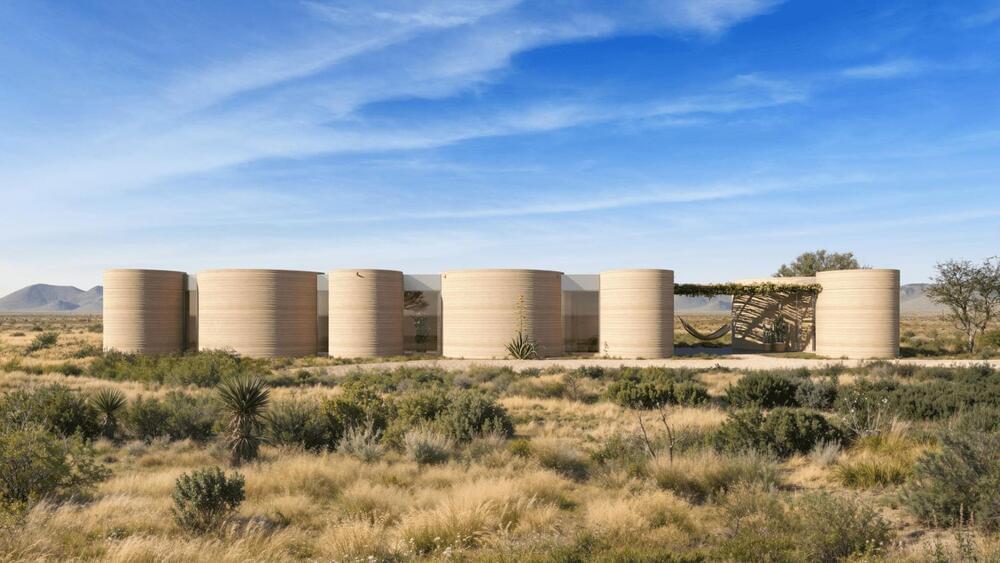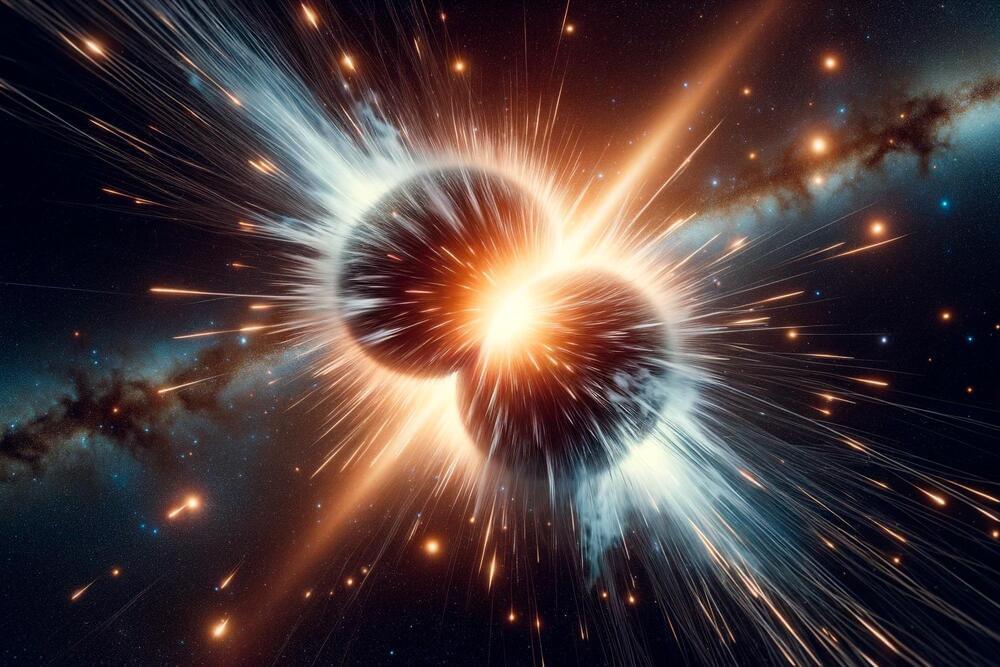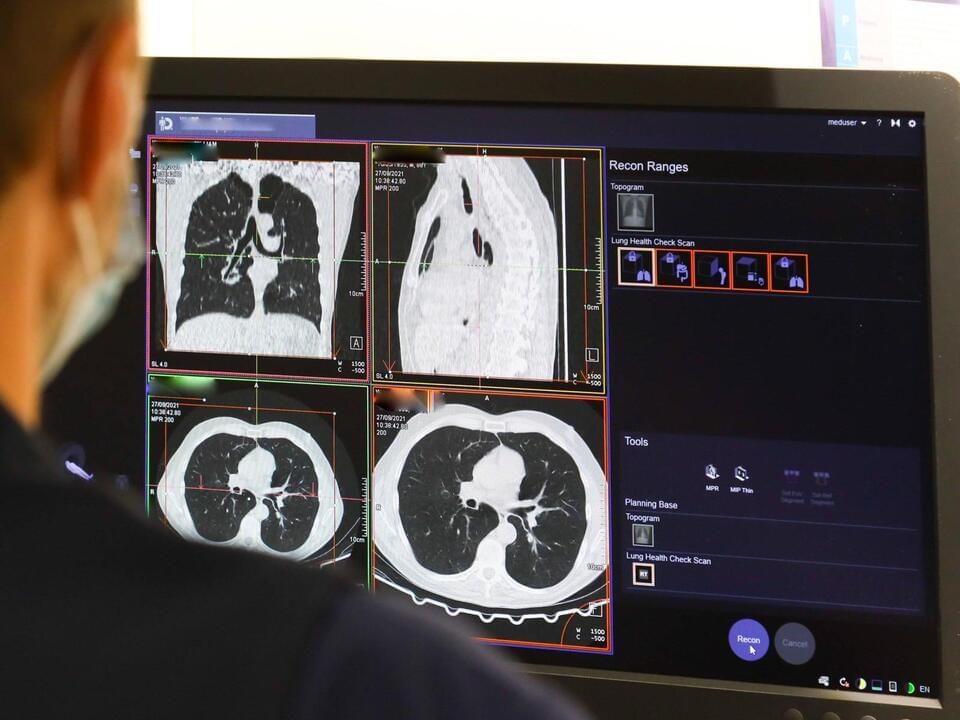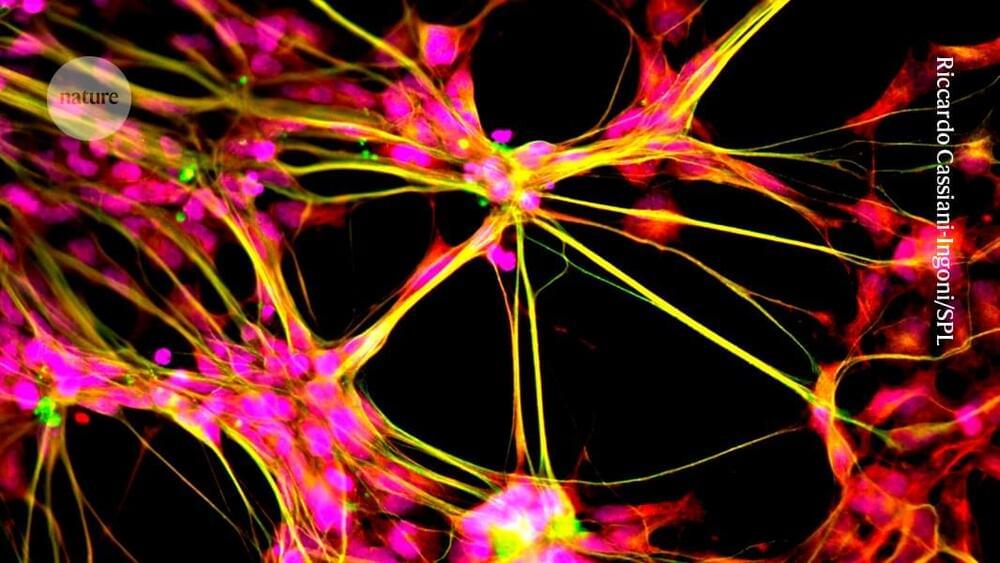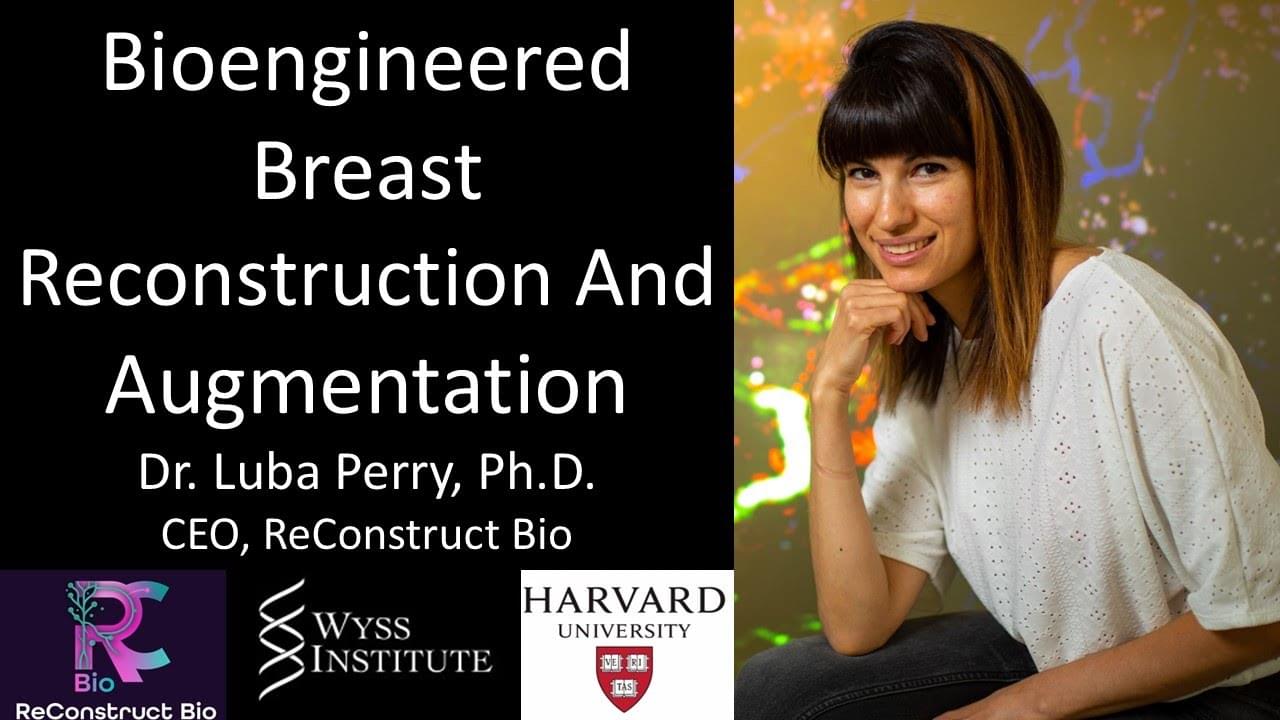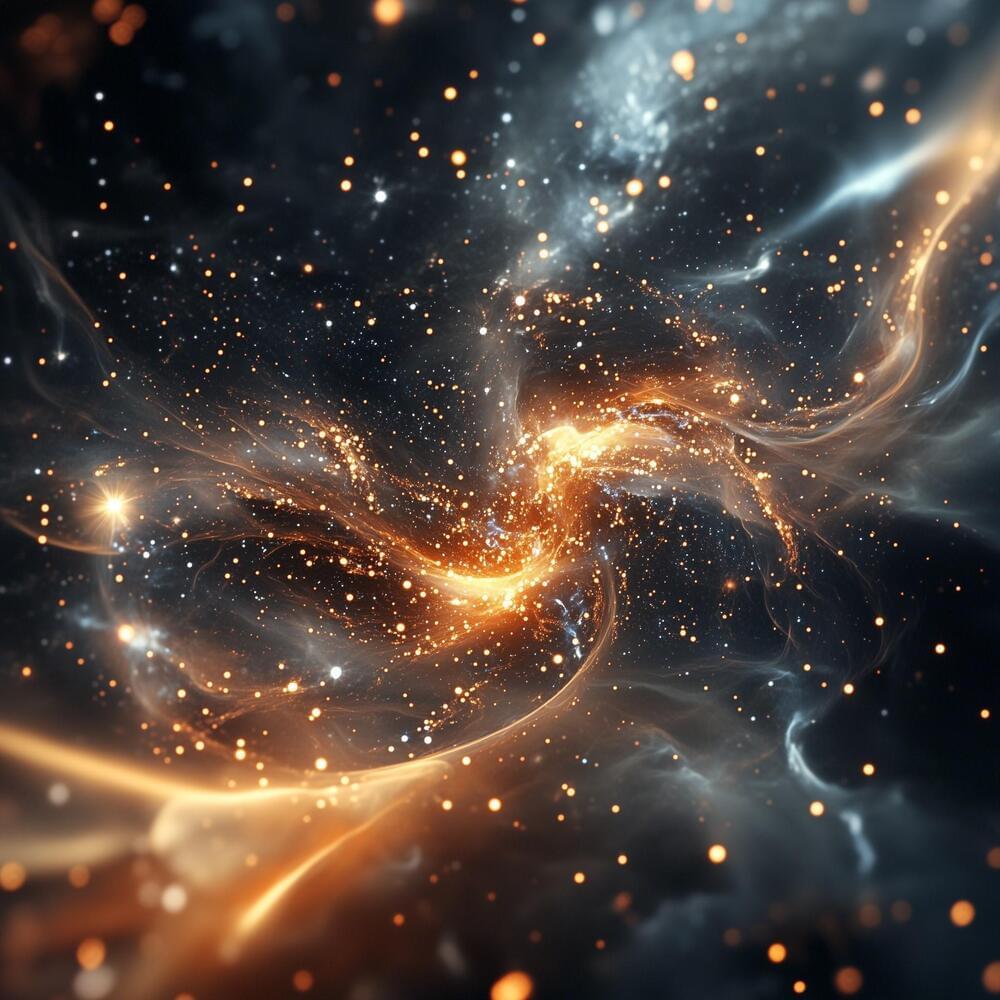
The foundation of this simulation, as described by the team, is a well-known cosmological model that describes the universe as expanding uniformly over time. The researchers modeled how a quantum field, initially in a vacuum state (meaning no particles are present), responds to this expansion. As spacetime stretches, the field’s oscillations mix in a process that can create particles where none previously existed. This phenomenon is captured by a transformation that relates the field’s behavior before and after the universe expands, showing how vibrations at different momenta become entangled, leading to particle creation.
To understand how many particles are generated, the researchers used a mathematical tool called the Bogoliubov transformation. This approach describes how the field’s vacuum state evolves into a state where particles can be detected. As the expansion rate increases, more particles are produced, aligning with predictions from quantum field theory. By running this simulation on IBM quantum computers, the team was able to estimate the number of particles created and observe how the quantum field behaves during the universe’s expansion, offering a new way to explore complex cosmological phenomena.
According to the team, the most notable result of the study was the ability to estimate the number of particles created as a function of the expansion rate of the universe. By running their quantum circuit on both simulators and IBM’s 127-qubit Eagle quantum processor, the researchers demonstrated that they could successfully simulate particle creation in a cosmological context. While the results were noisy—particularly for low expansion rates—the error mitigation techniques used helped bring the outcomes closer to theoretical predictions.



